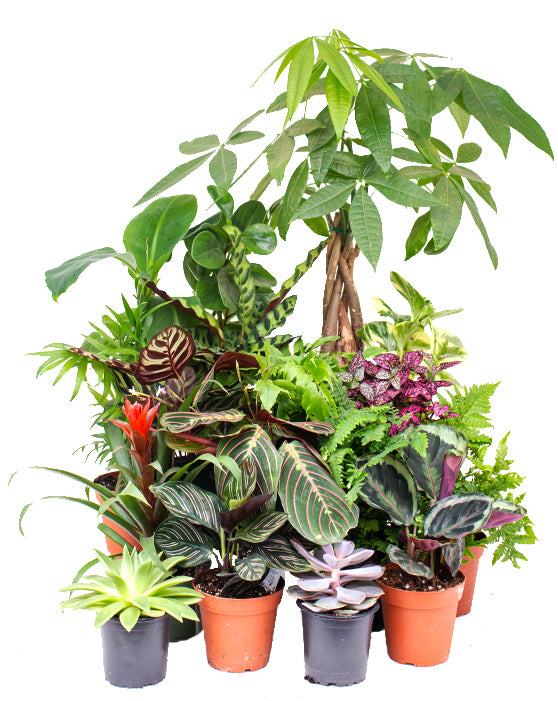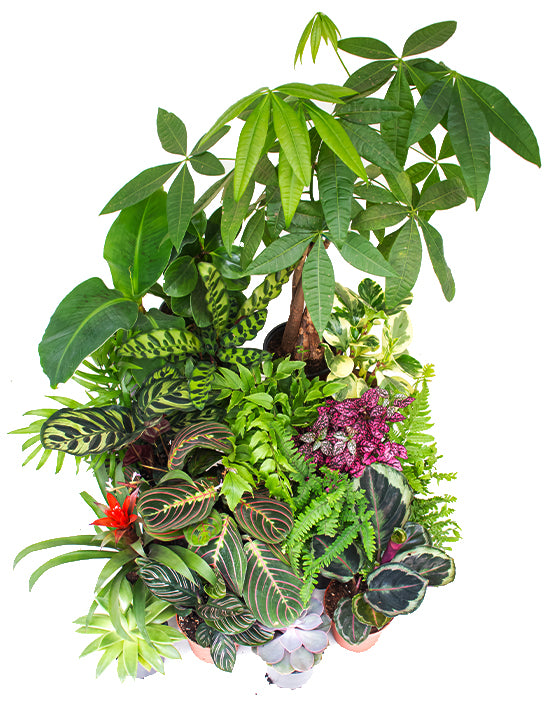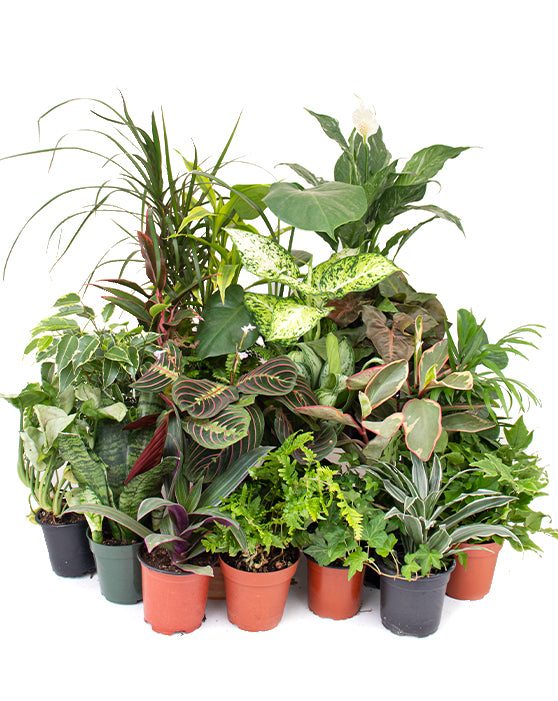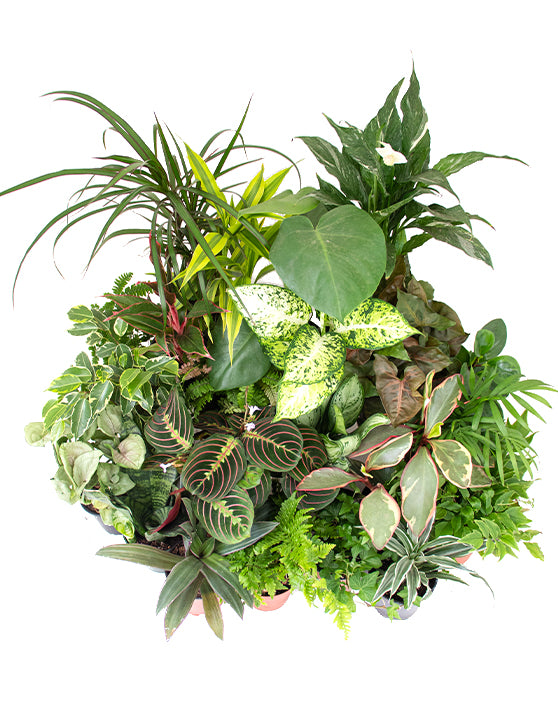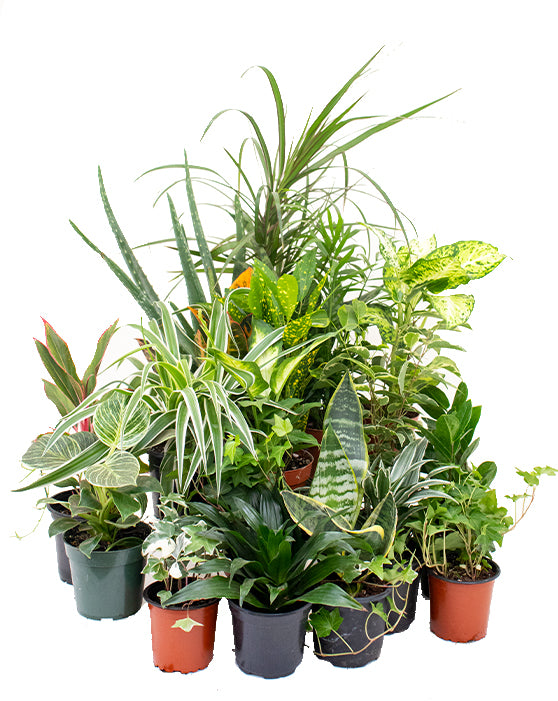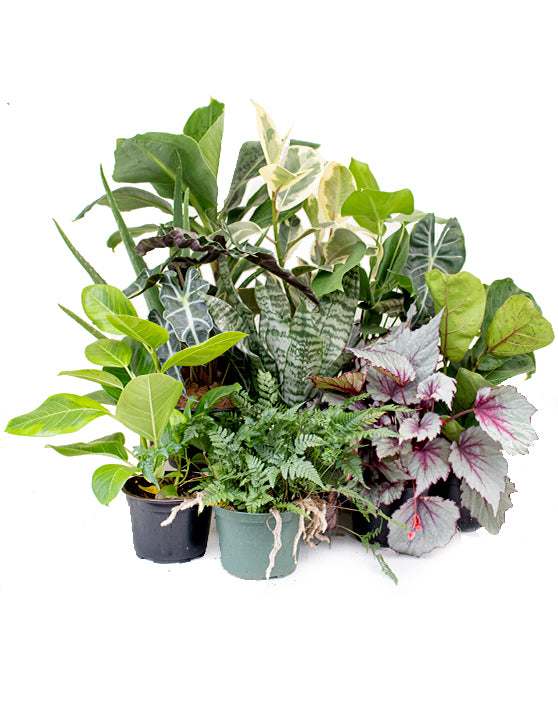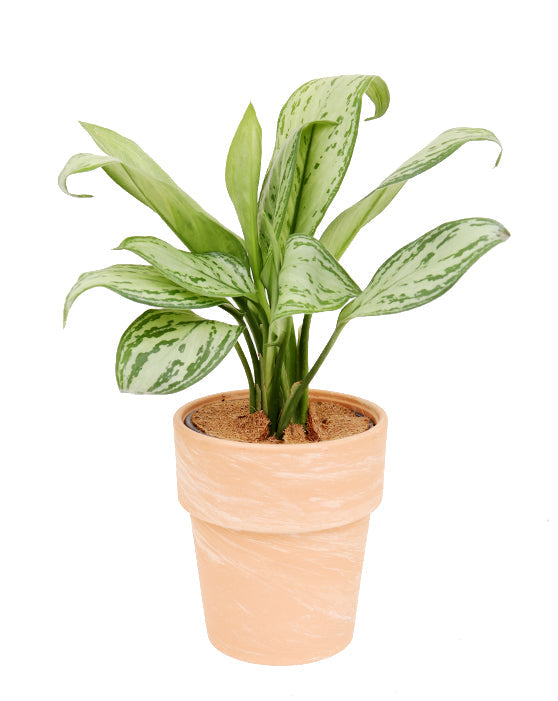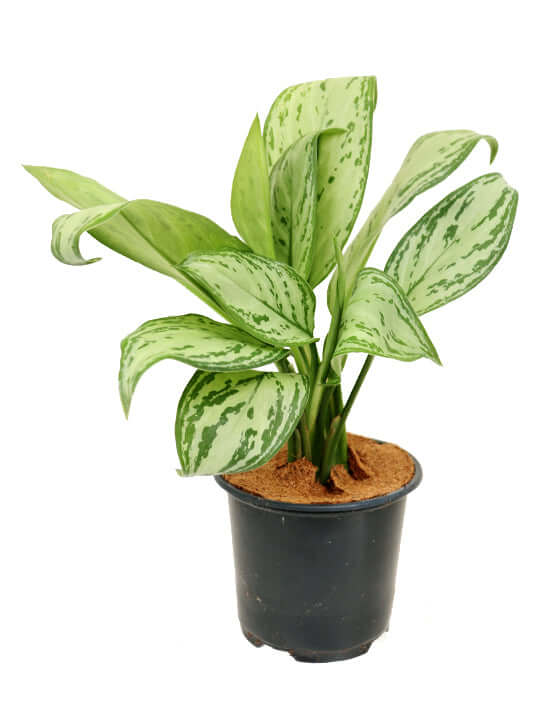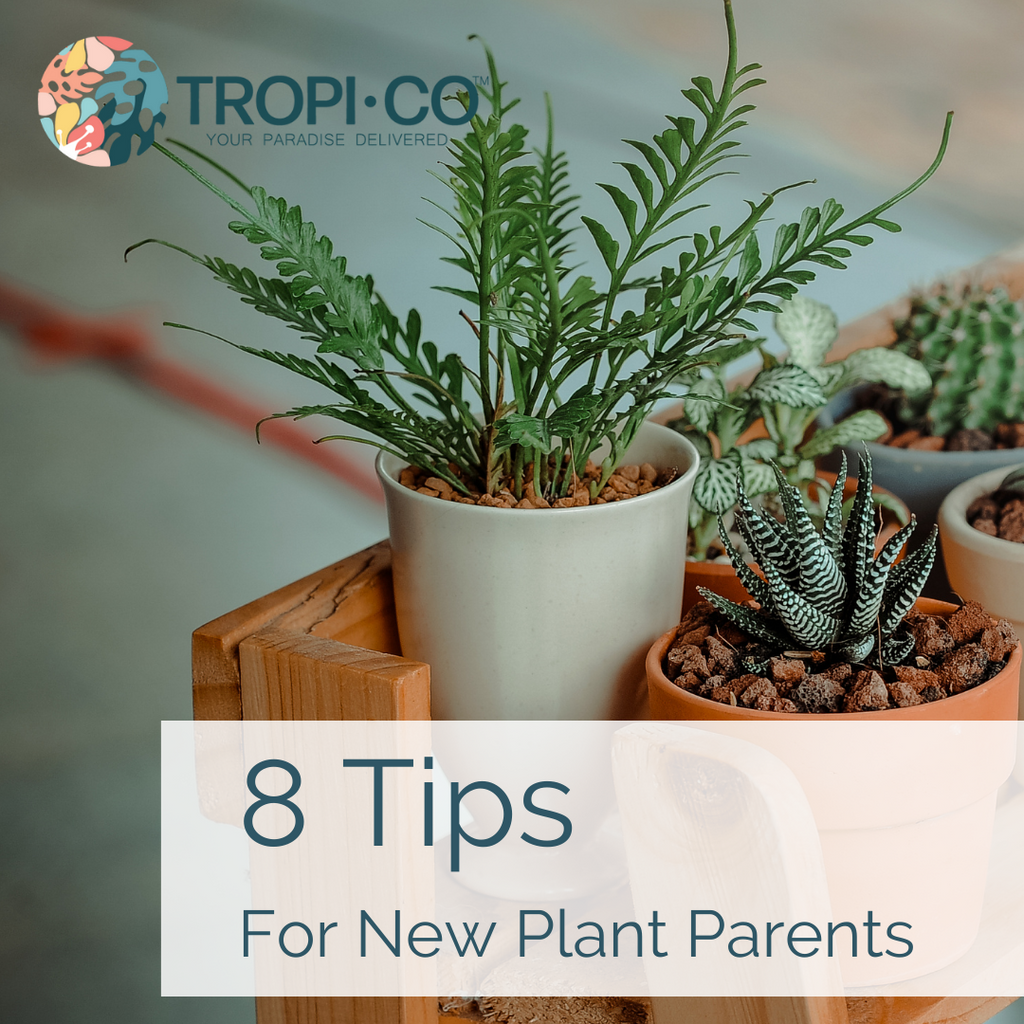
8 Tips for New Plant Parents

8 Tips for New Plant Parents
Hi there, New Plant Parent!! We all understand that owning a plant can be difficult at the start. We want to help make it easier for you! Here are eight tips we hope are helpful for you at the start of your new journey!
1. Start with something easy!
When becoming a new plant parent, try to pick a plant that is low maintenance. Your first plant should be something easy to look after.
We suggest:
- Dracaena
- Snake Plant
- Peperomia
- Jade Plant
- Succulent
- Cactus
- Snake plant
- Aloe vera
- ZZ Plant
- Spider plant
- Bromeliad
2. Direct Light or No Light, what are your lighting conditions?
When it comes to lighting, you should think about what affects the light from entering your house. Do you have curtains or blinds? A tree outside your home that blocks the sun? Be sure to watch the amount of light that comes through the window at different times of the day. Below we have listed the sun exposure from different directions.
North Exposure:
Will get indirect light all day. Try to put your plants no farther than 4 feet from the window. The farther away from the window the plant is, the less light it will receive.
South Exposure:
Be sure to put a plant that loves full sun in this lighting exposure. Next to the window, this spot will get intense direct light. A few feet away will get indirect light which most indoor plants will love!
East Exposure:
This spot will get direct light as the sun rises and indirect light for the rest of the day.
West Exposure:
West Facing Windows will get intense direct light from the afternoon until the sun goes down.
3. Find the perfect pot for your new Green Friend.
When picking out the right pot for your plant, there are three things you will want to think about: size, colour, and drainage.
Most plants come in a grower’s pot that is usually plastic. Leave the plant in this pot for at least the first 3-6 months or longer it is not necessary to repot it. You may want to find a pot that you can insert your plant in to improve its appearance.
Size:
When it comes to the size, you will want to find a pot the same as what your plant came in. When you repot your plant as it grows, make sure to only go to the next size up 4,6,8,10,12. Many plants will go into shock when repotted, will not enjoy the excess legroom and there will be more area for water to avoid roots.
Colour & Material:
Find something that will complement the room your plant will be living in. The material of your pots may affect growing conditions such as terracotta that absorbs some moisture. Remember that many indoor pots are not meant for inside and vice-versa. This means indoor pots may not overwinter outside or may lose colour, whereas outdoor pots may scratch or drip colour on surfaces.
Drainage:
If you are inserting your grower’s pot into your decorative pot, you won’t have to worry if it has a drainage hole or not. If there is no drainage, make sure your plant is not sitting in water. Empty your pot if you notice there is water sitting in the bottom. If you have a drainage hole, put a pot saucer under your pot. Therefore, the water doesn’t get everywhere and destroy your flooring or furniture
4. Understand the needs of your plants
Get to know your plants before you buy! Most plants want different things, full sun or low lighting, lots of water while others like it dry. Be sure to pick the right plant for your area.
Don’t worry, you won’t need to guess at this. Each plant comes with a care card to assist you. We’ve also placed all our care information online to grow your gardening skills.
For more information click here: Plant Care Guide
5. When to water or NOT to water?
Some plants will let you know when they want water. An easy way to know when your plant needs some water is by sticking your finger about an inch in the soil. If the soil is dry, it’s time for some water. If the soil is moist, you can hold off for a little.
Remember, most plants will not wish to stand in water. If you overwater a plant while it’s in a pot, make sure to pour out excess water and wait for the top inch of the soil to dry before watering again. If your plant likes humidity, try a misting spray between waterings.
Note* most plants go through a dormant period during the winter months. Feel free to water a little less frequently during these months as directed, and become more frequent with waterings in the spring.
6. Fertilizing
When it comes to fertilizing, we suggest you use something organic with a higher amount of phosphorous, which is your middle number (4-10-2). Fertilizing isn’t always needed, but feeding your plants will help them flourish in the long run. Be sure to read the directions and follow as needed. Some fertilizers can harm your plant if incorrectly used.
7. Pruning
Whether you’re pruning your plants to clean them up for the season or they have gotten too big for the area, it is necessary to understand how to do it properly.
Pruning usually happens in late winter or early spring, with clean pruners or scissors. When you are removing leaves, you can pinch the leaves at the stem. If the whole branch has rotted to the root, you should prune it down to the soil.
When your flowers finish, you can pinch the flowers back to promote new growth. You will want to prune to the closet leaf that points away from the main stem, encouraging the plant to grow outwards instead of into itself.
8. Don’t beat yourself up!
If your plant dies, don’t be too hard on yourself. You are learning how to take care of something, which is new to most people. Unfortunately, you may never know what made your plant die. Just don’t give up. Try again! Whether it be with the same plant or something entirely different!
For more care information visit our plant care guide.


